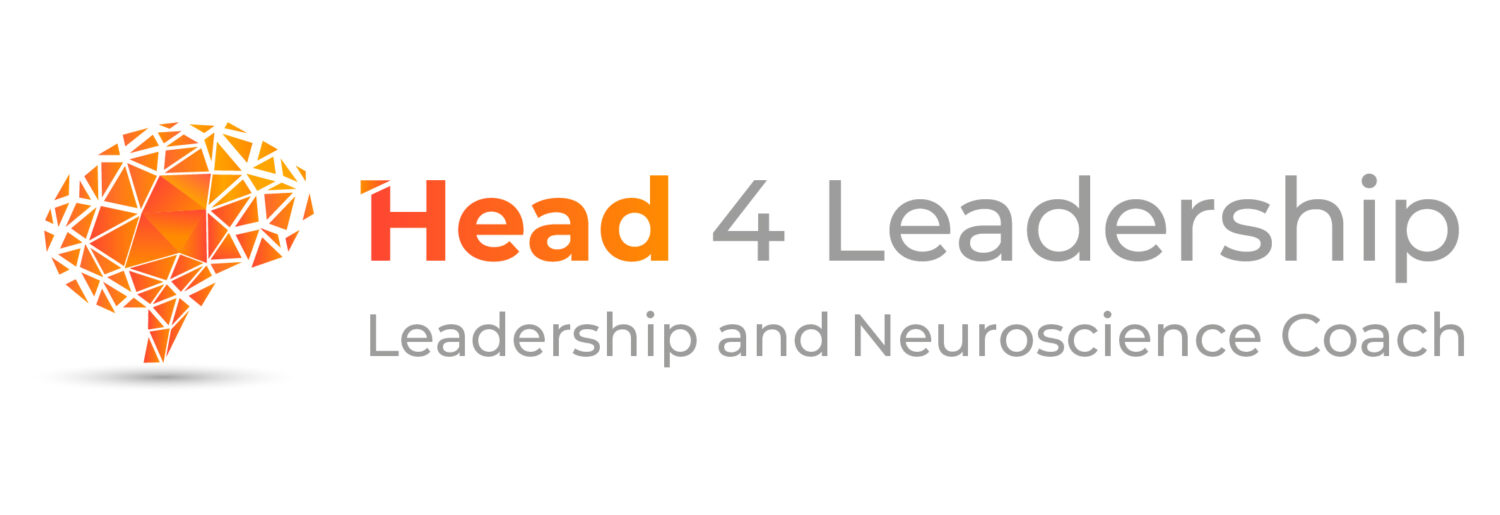No need to dread dealing with menopause situations? Here is a brilliant asset to help.

I specialise in applying neuroscience to leading, which moves leaders through the discomfort, or worse, fear that certain situations trigger. The subject of menopause can be one of them.
The Balance App / website
I highly recommend this app.
It will help everyone whose role requires insight and understanding. Enabling you to help team members and yourselves with the menopause topic.
I am not a menopause expert. Which is why I personally have gained greatly. It has helped me understand times when I had struggles. It is brilliant in presenting options, pros. and cons. with out bias.
balance – Homepage (balance-menopause.com)
This fantastic website and app are the brain child of balance – Dr Louise Newson (balance-menopause.com).
Knowledge is power
That’s all I wanted to say, because all leaders need tools and knowledge for many situations. Knowledge supports connection, empathy and courage for those times.




